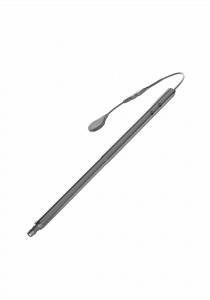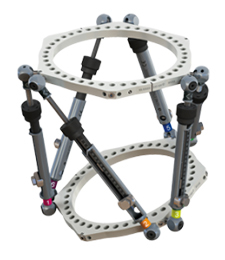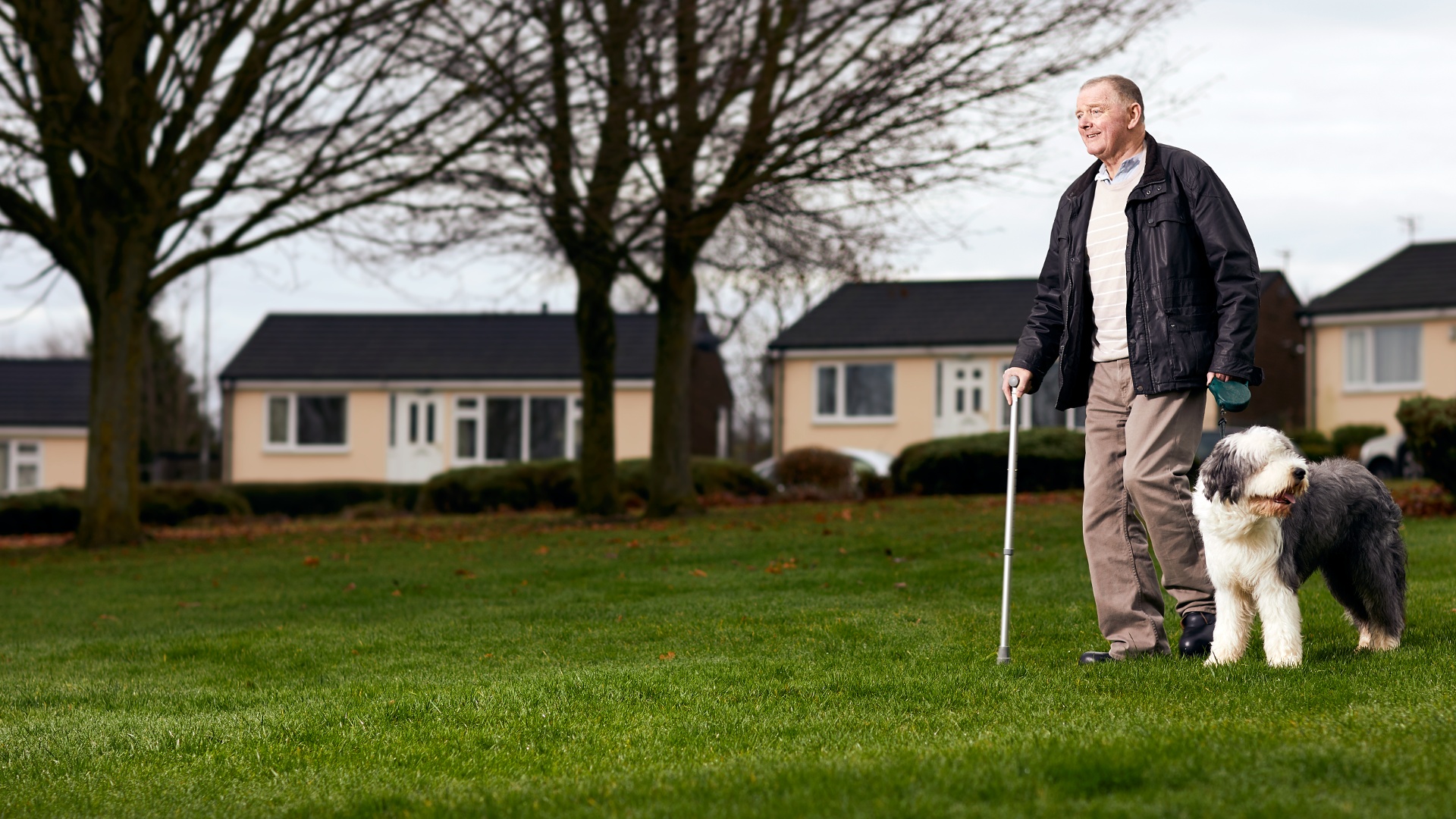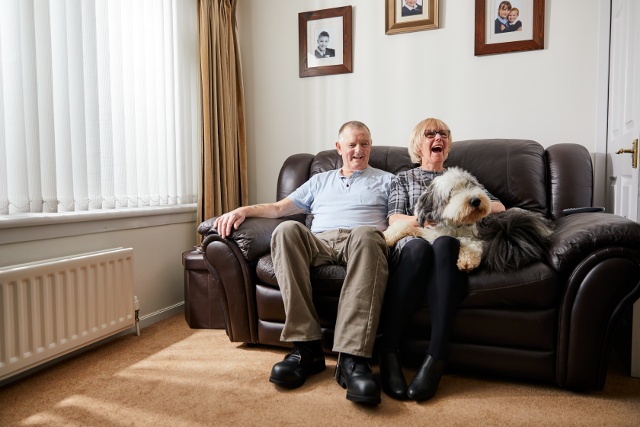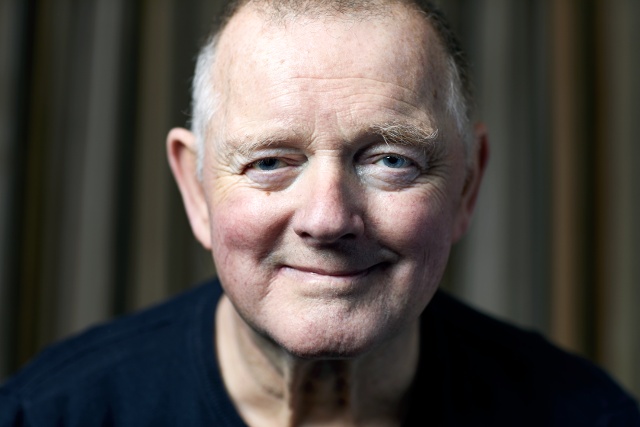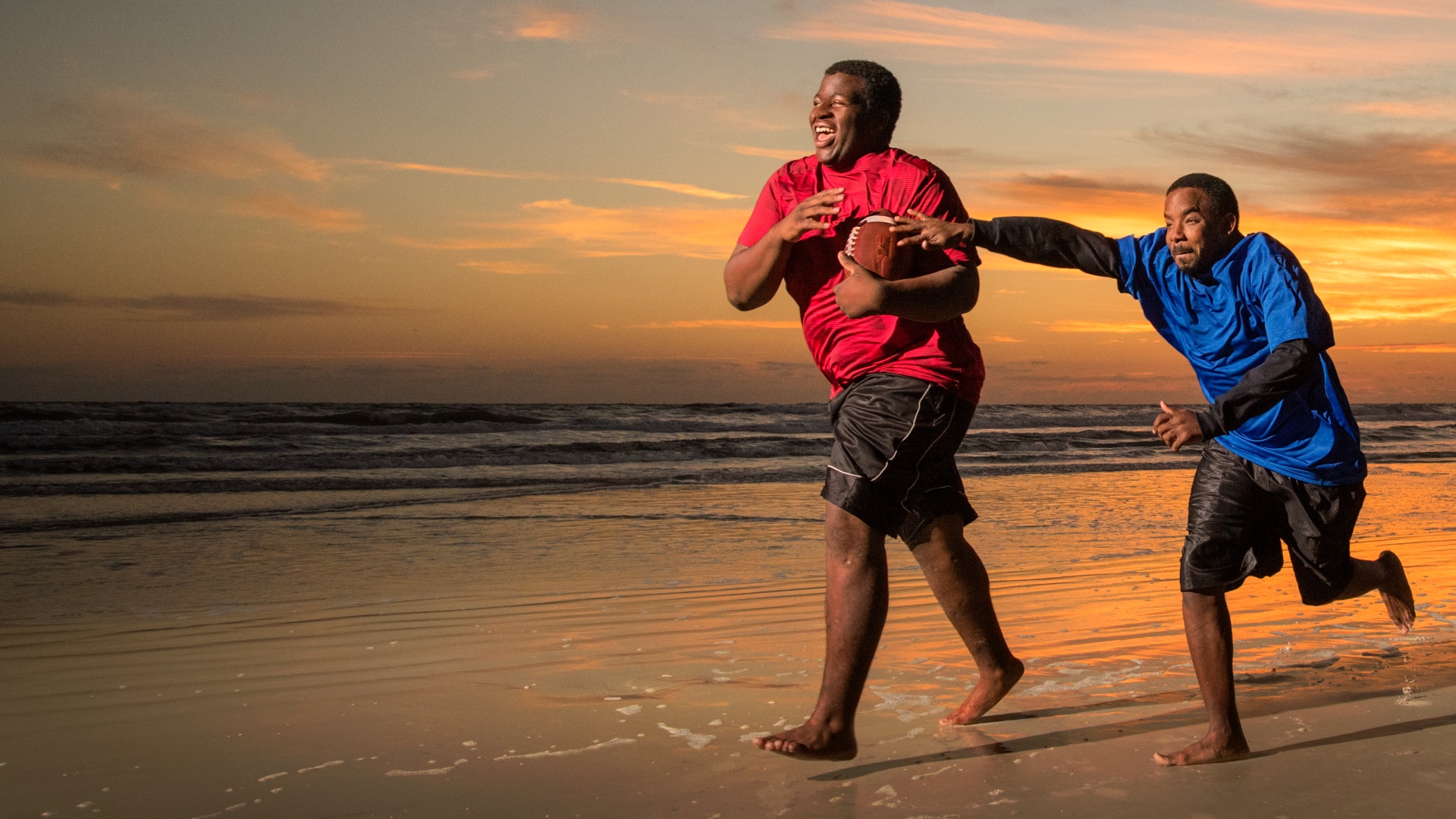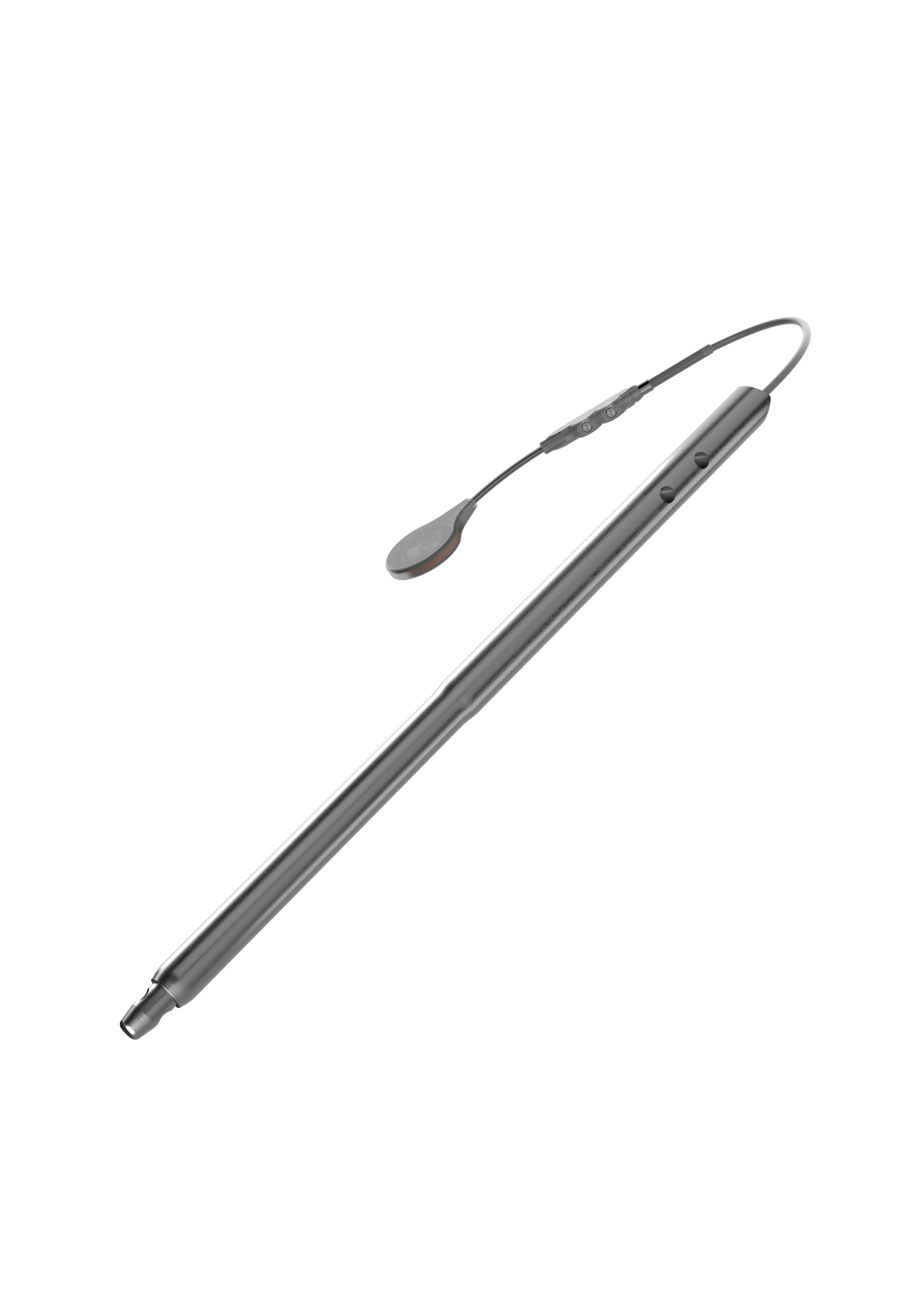A very active 16 year-old, Jadon loves playing soccer, rollerblading with sisters and hanging out with friends. But a few years ago, all of this seemed like it would not be possible.
It all began when Jadon’s mother, Wendy, noticed a subtle bowing in his leg around the age of 13. Concerned, she consulted her husband, and together, they embarked on a journey that would test their strength as a family.
Dr. Virginia Casey, a Pediatric Orthopedic Surgeon at OrthoCarolina, identified a varus deformity – a bow-legged condition caused by an enchondroma, a bone lesion consistent with Ollier’s disease. This condition can cause LLD – leg length discrepancy, with one leg shorter than the other.
“Dr. Casey told us that Jadon had a tumor and it needed to be removed,” said Wendy.
The revelation of a tumor instilled fear in Jadon and his family. Jonathan, Jadon’s father, confessed to the overwhelming uncertainty, delving into research to comprehend Ollier’s disease.
Jadon vividly recalls his initial reaction, fearing the worst: “It’s your biggest fear when you hear the word tumor.”
The two-inch length discrepancy in Jadon’s right leg significantly impacted his mobility, causing back pain and even necessitating physical therapy. The benign tumor diagnosis provided relief but required patience as Jadon awaited full skeletal maturity before the surgery to correct the discrepancy could proceed.
“A good candidate for leg lengthening with the Fitbone nail is a just barely skeletally mature patient, so still an adolescent who has a limb length discrepancy with or without deformity,” said Dr. Casey.
 Share on facebook
Share on facebook
 Share on twitter
Share on twitter
 Share on linkedin
Share on linkedin
 Share on email
Share on email



